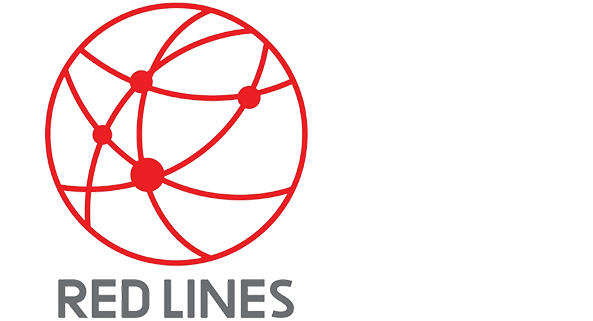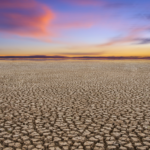Urban areas like Jeddah, Dammam, and Riyadh are composed of diverse neighborhoods, each with unique temperature characteristics influenced by factors such as building materials, vegetation, and street layouts. These localized weather patterns, or microclimates, significantly impact the comfort and energy efficiency of residential and commercial areas. Temperature mapping plays a crucial role in identifying these microclimates, enabling urban planners to design developments that are both sustainable and comfortable for residents.
Understanding Microclimates with Temperature Mapping
Temperature mapping is a technology-driven approach to analyze heat variations across different areas within a city. By identifying temperature fluctuations in specific neighborhoods, planners can uncover microclimates that might require targeted interventions to improve overall livability.

Key Benefits of Mapping Microclimates
- Optimized Neighborhood Layouts
Temperature mapping helps planners design neighborhoods with better airflow, shade, and cooling. For example, areas prone to heat buildup can benefit from wider streets, shaded walkways, or water features to reduce the overall temperature. - Improved Building Design
By understanding localized temperature patterns, architects can use heat-resistant materials and designs tailored to mitigate heat absorption. For instance, reflective roofs and well-insulated walls can be prioritized in hotter microclimates. - Energy Efficiency
Microclimate data allows for more strategic placement of energy systems, such as solar panels, ensuring they operate at maximum efficiency. Additionally, neighborhoods can adopt cooling solutions like shaded communal spaces and energy-efficient HVAC systems based on temperature mapping insights. - Enhanced Green Spaces
Neighborhoods with higher temperatures can integrate more vegetation and trees to provide natural cooling. Temperature mapping identifies areas that would benefit most from additional green infrastructure, creating healthier environments for residents. - Resilience to Climate Change
Understanding microclimates allows cities to adapt to rising temperatures more effectively. Tailored solutions based on temperature mapping make neighborhoods more resilient to extreme heat, ensuring comfort and safety for their inhabitants.
Redlines’ Expertise in Temperature Mapping
Redlines offers cutting-edge temperature mapping services in Jeddah, Dammam, and Riyadh. By providing accurate data on microclimates, we empower urban planners and developers to make informed decisions that enhance comfort, energy efficiency, and sustainability in neighborhood design.
With temperature mapping, cities can embrace smarter planning strategies, creating livable and sustainable communities tailored to the unique challenges of each microclimate. Redlines is committed to helping shape the future of urban development in Saudi Arabia, one neighborhood at a time.
you can get more information on our site: Redlines.com





